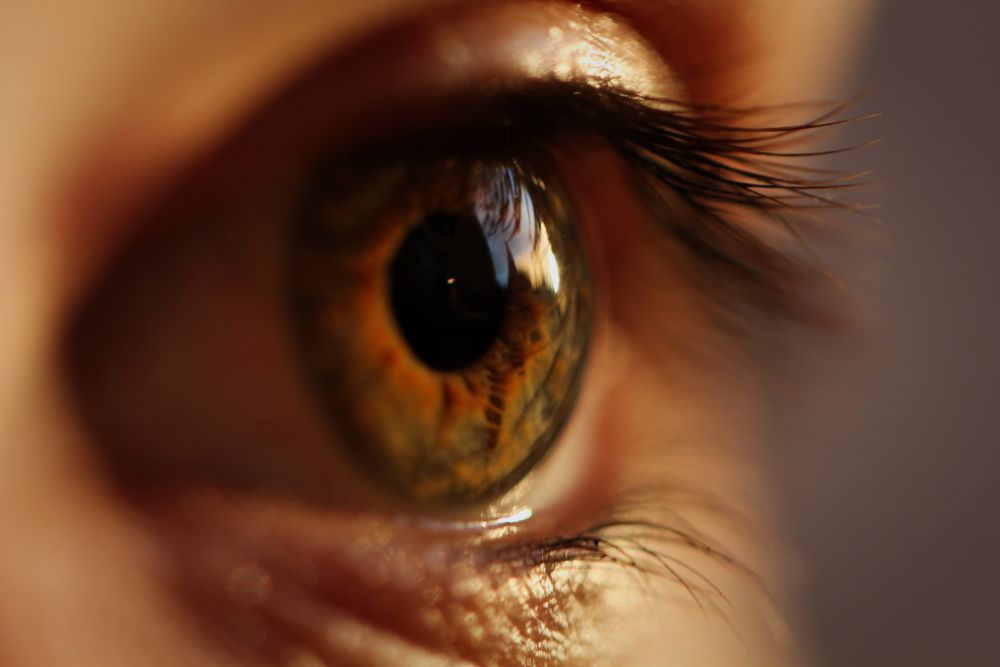The Warning Signs of a Retinal Emergency

The retina is a layer of light-sensitive cells located at the back of the eyeball; these cells trigger nerve impulses that travel to the brain to form a visual image. There are several conditions and injuries that can affect the retina. Some retinal conditions may require monitoring, while others may be more harmful, like retinal detachment.
Retinal detachment is an emergency situation requiring immediate medical attention. Without prompt intervention, significant vision problems could occur, including blindness. Recognizing retinal detachment warning signs and symptoms can alert your ophthalmologist early on and preserve your vision.
Retinal Detachment Overview
Retinal detachment usually develops due to a natural process called posterior vitreous detachment (PVD). With PVD, the vitreous – a clear gel filling the eye – shrinks and loses its viscosity (thickness), making it stick to the retina. This can cause a tear, and as it progresses, an opening develops through which vitreal fluid leaks and accumulates behind the retina. The retina is pushed and may completely detach from the eye’s back wall. This is known as rhegmatogenous retinal detachment, the most common form. Retinal detachment may also develop secondary to myopia (i.e., nearsightedness), eye injuries, and eye surgery.
Tractional retinal detachment occurs when abnormal blood vessels – often associated with diabetic retinopathy – cause scar tissue growth, pulling the retina away from the back of the eye. As the condition progresses it causes the retina to detach.
Exudative retinal detachment is another form of the condition. This type of retinal detachment involves fluid accumulation – from leaking blood vessels or swelling in the back of the eye – but without any tears or breaks. When enough fluid builds up, it can get trapped behind the retina, pushing the retina away from the back of the eye and causing it to detach.
Why Is Retinal Detachment Considered an Emergency?
Retinal detachment is painless, but warning signs usually appear before it progresses. The real danger is that your retinal cells could be separated from the layer of blood vessels providing the eye with essential oxygen. If left untreated, there is a risk of permanent vision loss. If you notice one or more of the following symptoms, seek immediate help from an ophthalmologist:
- The sudden appearance of multiple new eye floaters in your field of vision
- Photopsia (i.e., flashing lights)
- A shadow or blurriness in your peripheral (side) vision
- The appearance of a gray curtain or shadow covering part of your field of vision
Risk Factors
Certain risk factors may increase the likelihood of having a detached retina:
- A previous retinal tear or detachment
- A family history of retinal detachment
- Weak retinal areas (observed during an eye exam)
- Nearsightedness
- A traumatic eye injury
- Eye surgery, such as for glaucoma or cataracts
Diagnosing Retinal Detachments
The earlier retinal detachment is detected, the sooner an ophthalmologist can start treatment. As soon as you notice any symptoms, you must schedule a comprehensive, dilated eye exam. You’ll undergo a full examination, including dilation, to widen your pupil and offer a clear view so your doctor can detect any retinal tears. An ophthalmic ultrasound may be required for diagnosis if bleeding is obstructing the doctor’s view of the retina.
Avoid Retinal Detachment Complications
If you experience any symptoms of a retinal detachment, you must seek immediate emergency medical intervention to prevent blindness. It’s crucial to know the symptoms, as this can help you quickly identify when it’s time to see your eye doctor. The goal of treatment is early intervention after a dilated eye exam performed early on, while the retinal tear is small, or the fluid accumulation is minimal and the retina has not yet detached. If you suspect retinal detachment or have any questions, please contact us for an appointment.
